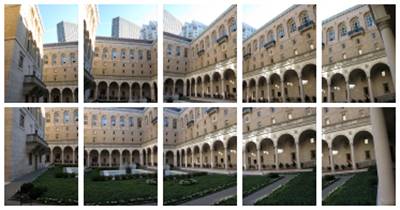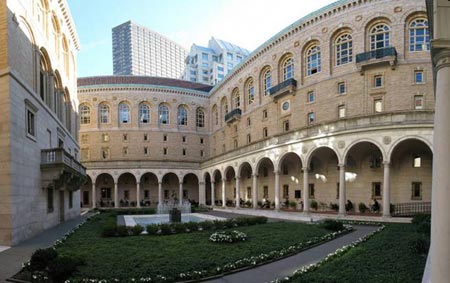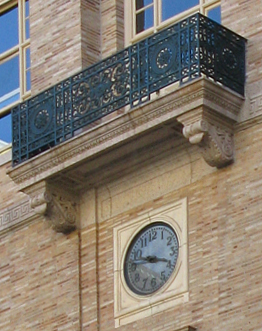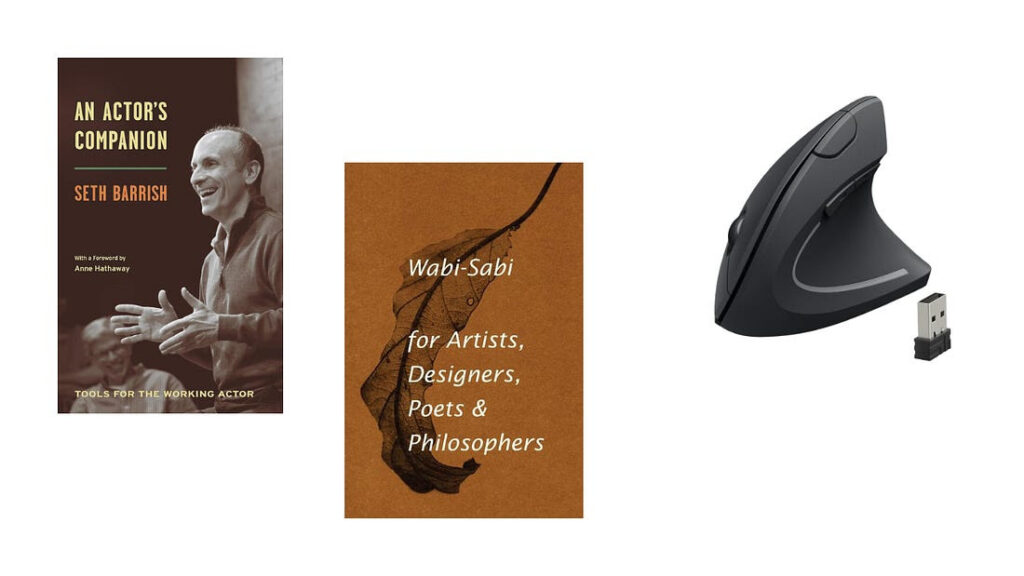PTgui
Handheld, high-res panos
Since I started shooting panoramas nearly a decade ago, I’ve been on a continual quest for the best stitching software. There have been many contenders, but my current pick – PTgui is so much better than my previous favorite, The Panorama Factory, that I’m not sure how much better it can get. PTgui isn’t the most creative name – it stands for Graphical User Interface for Panorama Tools, but its capabilities far outshine its name.
The tool easily and automatically generates a single panorama from a collection of photos, or it can be used in batch mode for unattended stitching of multiple panoramas. It includes a full set of tools to tune the resulting image, including a range of projection techniques, complete with previews and interactive controls. It can even handle HDR (High Dynamic Range) panoramas.
But my favorite feature is its ability to handle practically any handheld panorama sequence (see photos) you throw at it and stitch it seamlessly. I know you’re supposed to shoot these photos from a tripod – preferably a leveled one – and I’ve even purchased a fairly expensive mount that adjusts for the nodal point of the lens and has wonderful spirit levels and calibrations to turn out a perfect panorama. The problem is that it’s never on hand when the circumstances are right and the light is perfect. For those situations it’s great having a software tool that lets me just shoot, knowing that it’ll pick up the pieces and stitch them together for me later.
Hugin is a free, open source compositing option that works well, though it’s not as smooth or quick as PTgui. While Adobe Photoshop CS3 and CS4 are said to include serious improvements to that software’s Photomerge stitching function, I haven’t tried either, and therefore can’t make the comparison. I have used Adobe’s Photoshop Elements, and its stitching function is quite a bit slower and offers far less control then PTgui.
Unlike other photo stitchers I’ve used, PTgui usually gets the merge right on the first try, even with handheld shots. But there are times when handheld shots are so far off that some hand-tuning of the merge is required. PTgui includes a clear and intuitive interface for this task that is far better than other software I’ve used. PTgui also eliminates “ghosting”; in the overlap area, a problem with other software when people in the overlap area move between frames. In addition, making corrections by trying different projections can often mean starting over with other stitching software, but with PTgui, projection previews offer interactive control of their geometry through dragging and sliders.
The following sequence was shot — handheld — in the courtyard of the Boston Public Library when the reflected sunlight lit up the opposite colonnade. I shot two sequences across the scene, one at ground level and the other slightly above to capture the buildings and roofline. Looking at the individual shots, you’d think they could never be successfully stitched. But PTgui turned out a very neat panorama. The photos here are reduced in size for this review, but I’ve included a close-up of the clock on the right-hand wall, so you can see the kind of detail that is available when you zoom in.
Original photos:

The finished panorama:

Detail of the clock on the wall:

The PTgui website has lots of fun samples to view, and they link to a panorama of Prague that claims to be the largest spherical panorama in the world. Weighing in at 18 gigapixels, it’s amazing not only for the view, but also for the incredible detail that is available when you zoom in on a feature. One of my personal favorites in their gallery is the Tandem Paragliding panorama.
PTgui comes from Rotterdam in the Netherlands and is available in standard ($111) and Pro (for batch mode and other features, $209) versions, supporting both Windows and Mac OSX. The website makes it simple to order, download, and unlock the software. Prices are set in Euros and I’ve noticed that the US Dollar prices do vary over time.
02/23/10PTgui panoramic stitching software $111 (standard) and $209 (pro)







